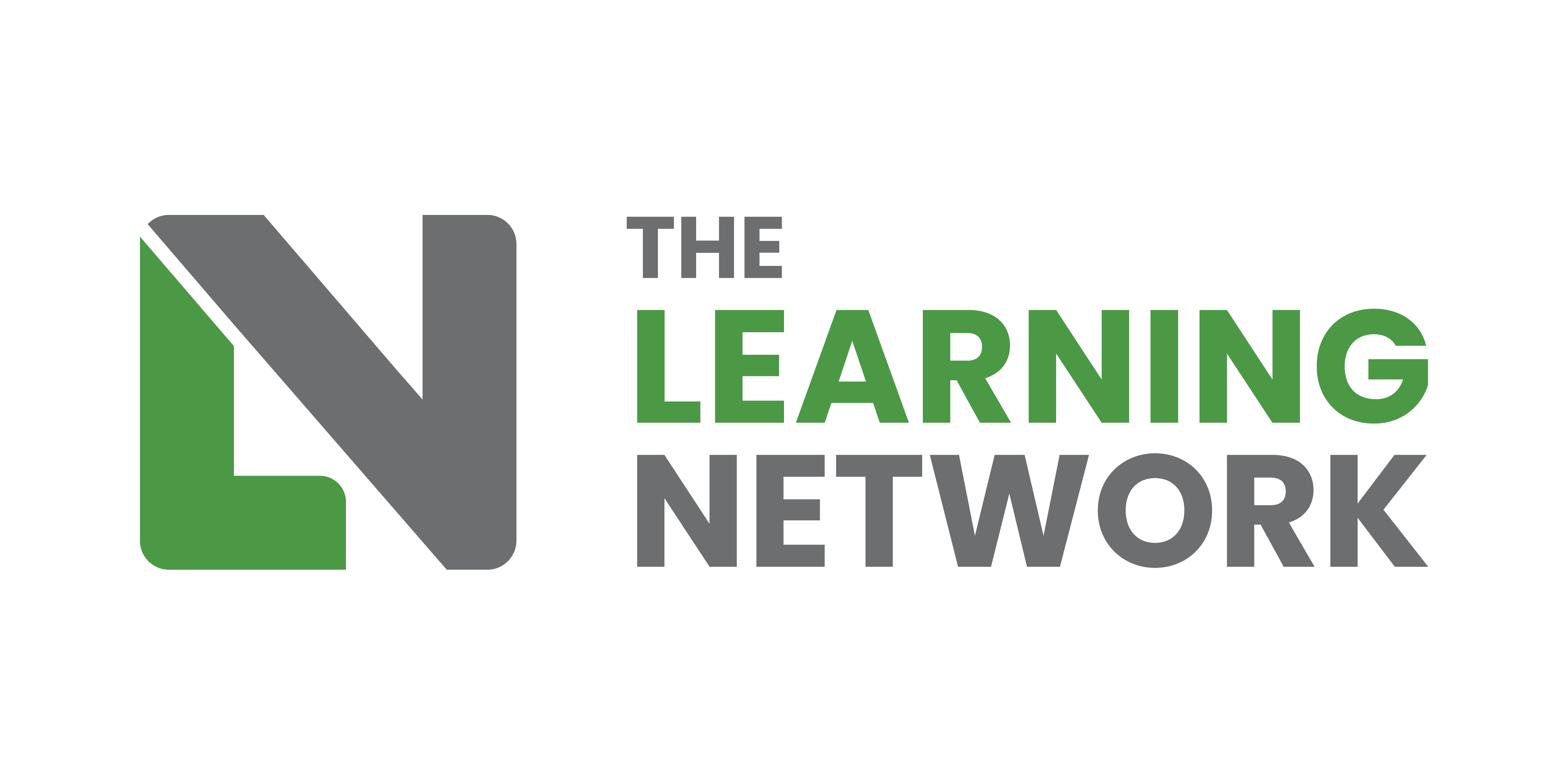
You’re going on a trip. How big is your suitcase? What are you putting in it?
Are you the type of person who starts throwing things in? Or do you want to ask some questions first?
Like…
- Where am I going?
- How am I getting there?
- How long will I be there?
- What will I be doing?
- What’s the weather going to be like?
Start packing
Say it’s an overnight trip for work and you’re getting a flight and train. You probably want a small case with space for the essentials and your laptop. Something light which you can carry easily around an airport or busy train station.
Your idea of what’s ‘essential’ will be different from mine. But we all have certain things we won’t travel without. Depending on what airline you’re flying with, you’ll pack for their carry-on limits. So you make some practical decisions about what goes in your case.
What's missing?
You go back to check you’ve got everything you need. You realise you’ve forgotten a couple of things, so you chuck them in.
You might do that a couple of times.
You might get carried away and start throwing in a few extras just in case. You might even ask someone else’s opinion and end up with even more stuff.
Before you know it, you can’t shut your case. And, even if you could, it’d be too heavy to lug around an airport.
So, what are you going to do? Use a bigger case? Upgrade to a bigger carry-on allowance? Pay for check-in luggage?
Or take out the stuff you don’t really need?
What does a suitcase have to do with learning design?
Hear me out…
We all have a couple of ‘essentials’ that we like to include in content. Things like outcomes, context, a bit of theory, practice, some sort of knowledge check.
But what happens when you keep going back to content and notice what’s missing? You add more.
And what happens when you get someone else’s opinion? They notice something else you missed. In it goes.
Before you know it, you’ve got the content equivalent of an overstuffed suitcase on your hands.
Now, that’s not to say we don’t want fresh eyes on a piece of content, or we never add anything after a first draft.
But the more times you look at any piece of work, the closer you get to the tipping point when you stop looking for useful edits and start looking for things to tinker with.
Especially if it’s something you’ve looked at a few times. Maybe you don’t like the sound of a word anymore. Maybe you start adding some just in case stuff that pops into your head (or a subject matter expert’s head) after a tenth round of feedback.
And that’s when it’s time to stop packing and start thinking about what you need to take out. Because all that ‘just in case’ stuff? It’s excess baggage that someone has to pay for.
Will it be your stakeholders if they agree to increase the duration? Will it be your learners who have to pick up twice as much as you intended to give them when you started out? Or will it be the organisation that pays for training that doesn’t make a difference? Because, as Julie Dirksen says, you can make learners sit through it, but you can’t make them pick it up and carry it around.
So, what do we do about it?
The impulse to overstuff the suitcase will always be there – whether it comes from you or someone else. All you can do is minimise the cost of excess baggage and make sure the right people handle it, so your learners don’t end up paying for it.
Remember where you’re going and how you’re getting there
Remind yourself, your subject matter experts, your stakeholders, the people you turn to when you need a fresh pair of eyes. Everyone has opinions and suggestions, and they’re entitled to give them. But you’re responsible for what goes in the suitcase.
Don’t be afraid to point out what doesn’t belong on the trip. Circle back to the original brief and what you agreed to set out to do. Sometimes you just have to ask why someone’s asking you to pack a beach towel when you’re going on a skiing holiday.
Make space in the case
In an ideal world, we’d stick to the original scope, everyone would be in perfect agreement and you’d do exactly what you set out to do. But in the real world, scopes change, people disagree, and you change plans as you go.
If it looks as if your content will be longer than planned or if there’s a significant scope change, weigh it up. Don’t be afraid to ask what you can take out to make space for the new stuff.
Protect your learners from the cost of excess baggage
If you have to put the extra stuff in and you can’t make space for it, be honest about the excess baggage.
Ask for an increased duration. See what you can absorb in your design by combining or layering concepts and practice. Be honest about the risk of the excess load on learner experience and learning transfer. Negotiate on the need-to-knows and nice-to-knows – can your learners travel light and pick up the extras when they get there?
How do you handle excess baggage when designing content? Share your tips in the comments.



